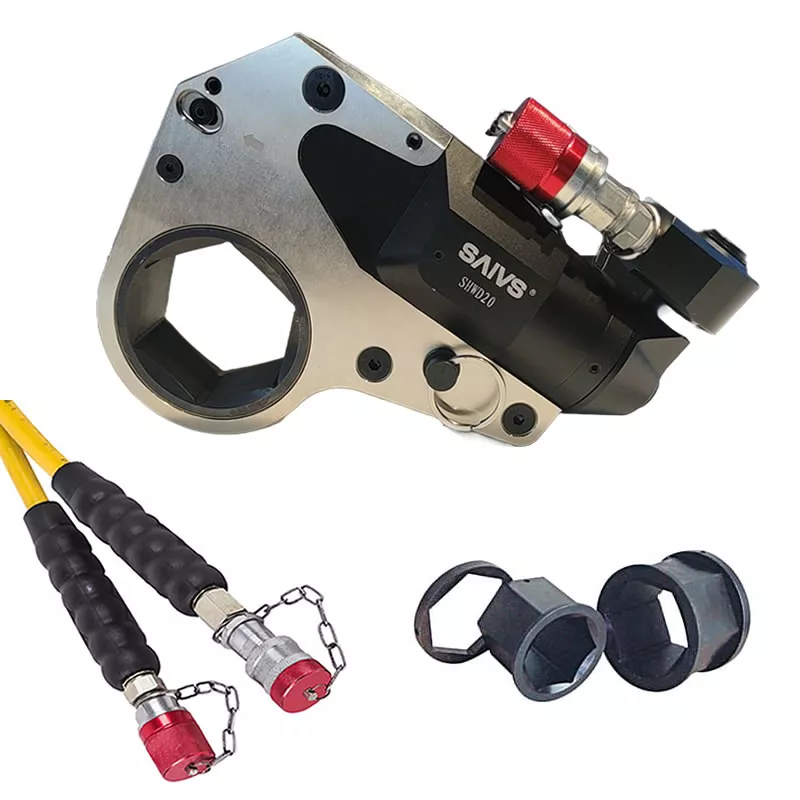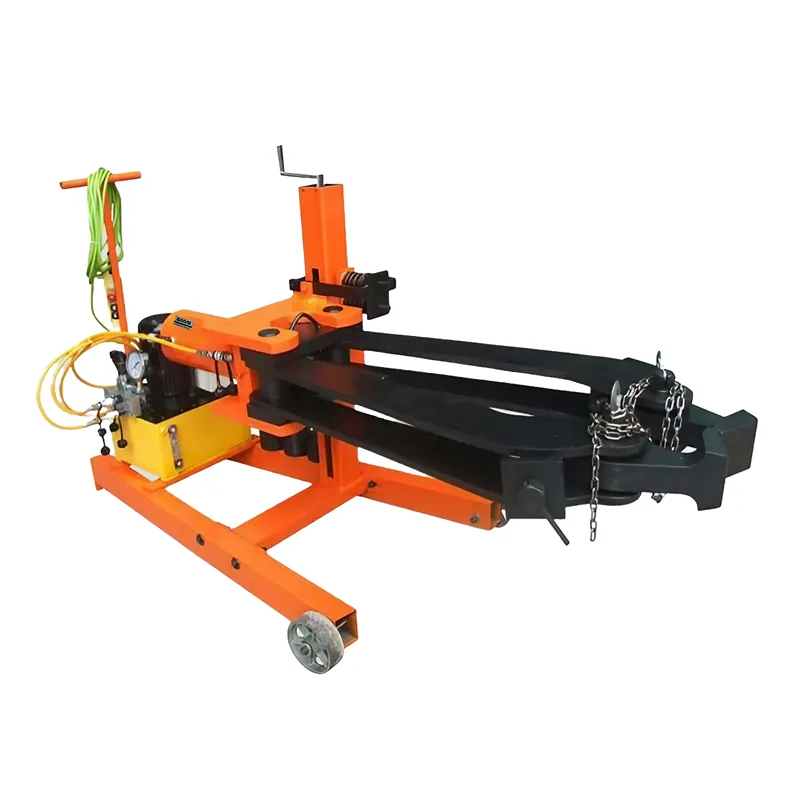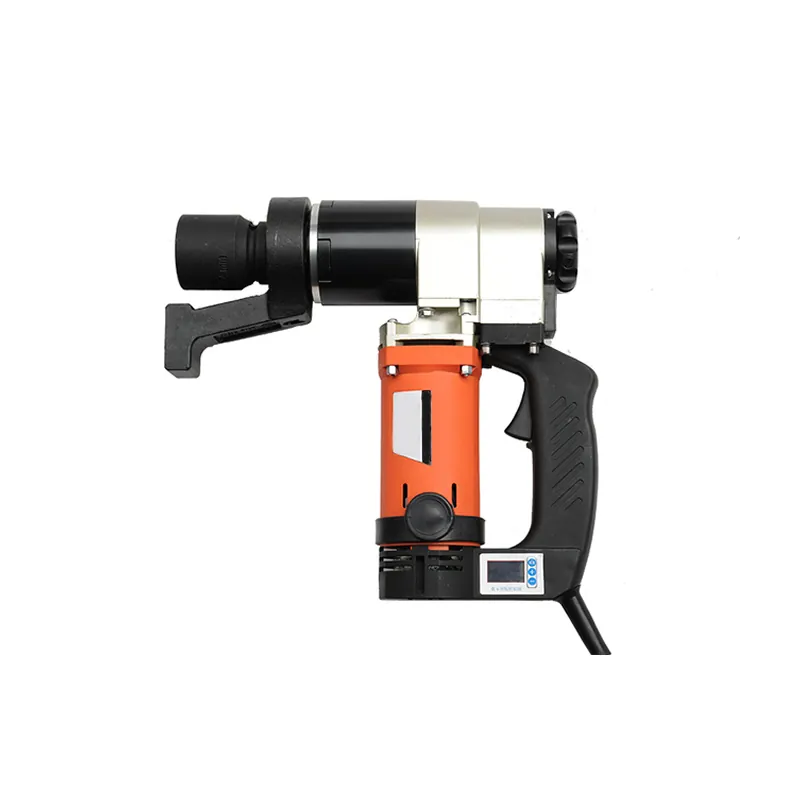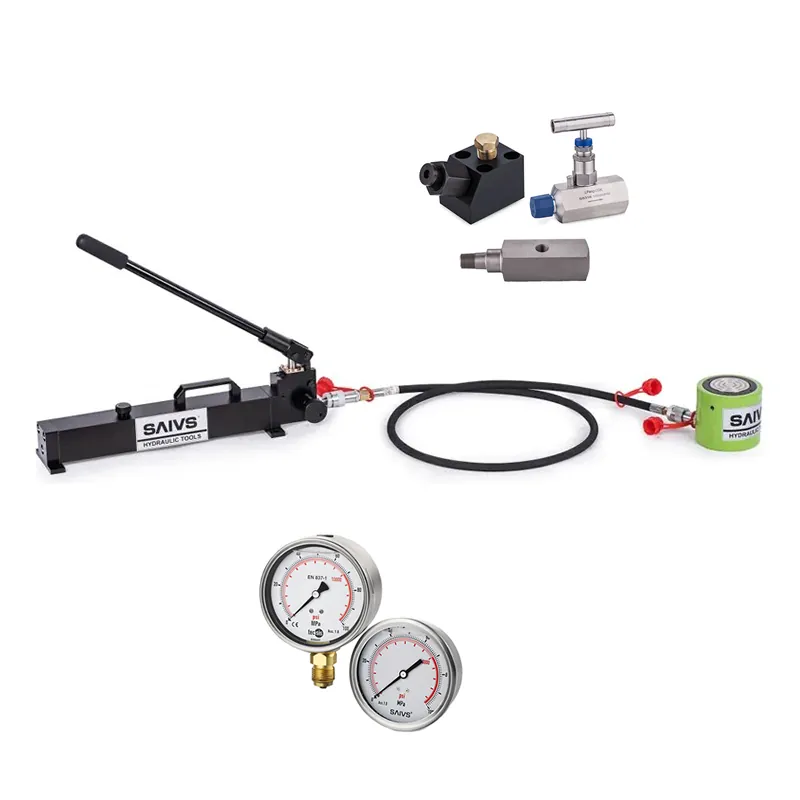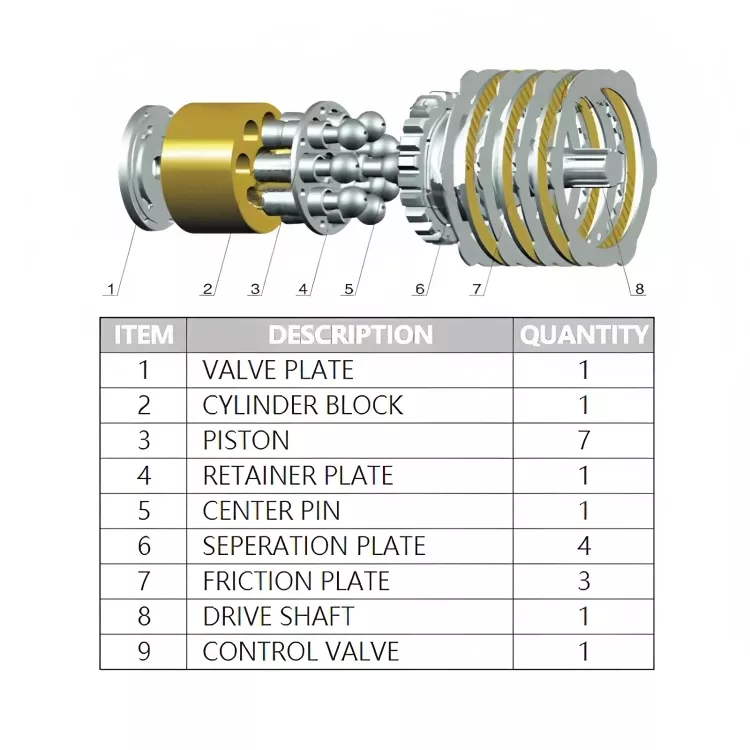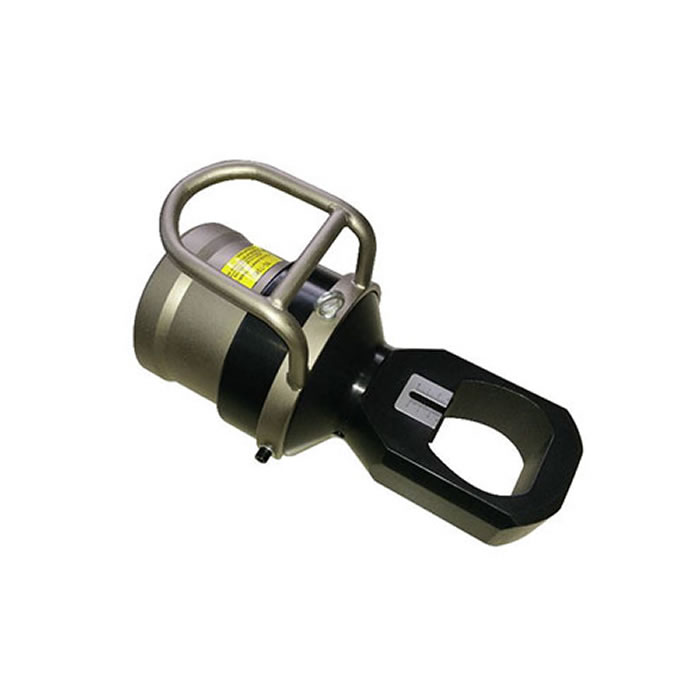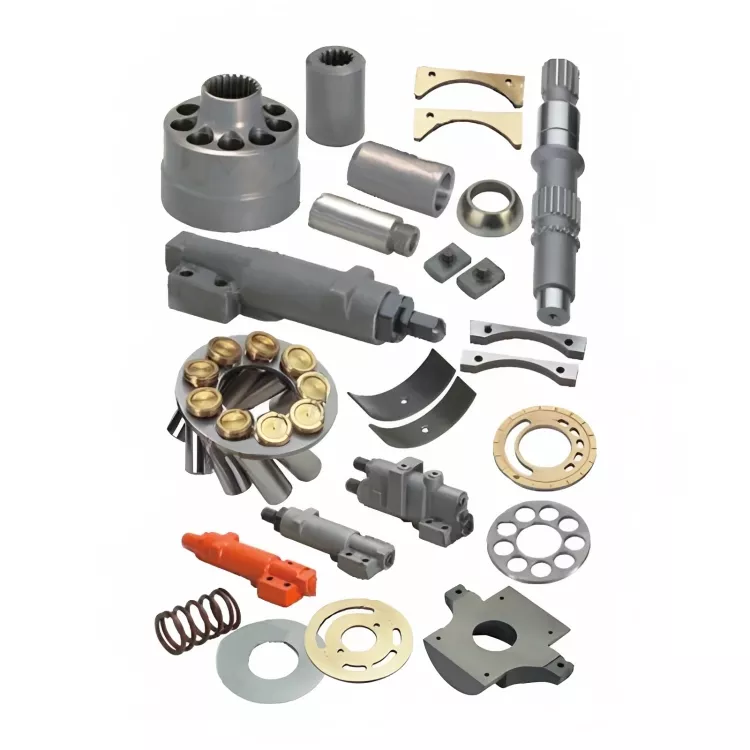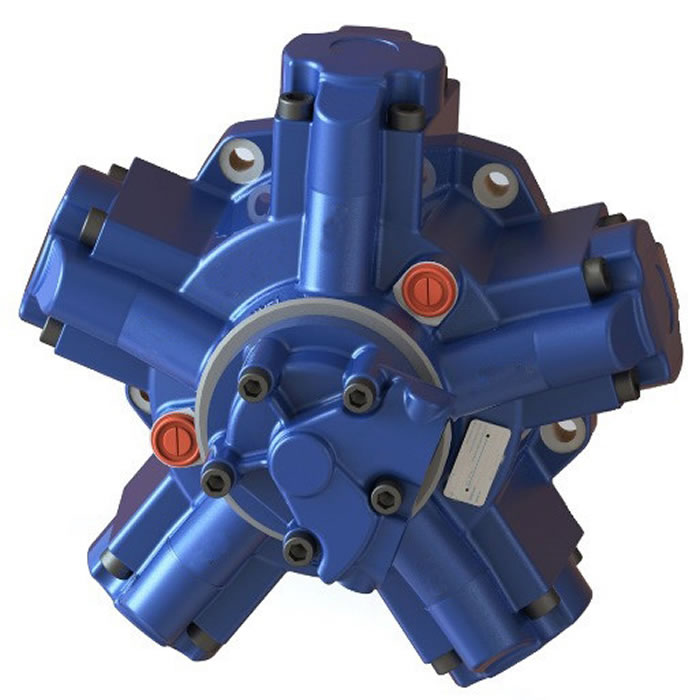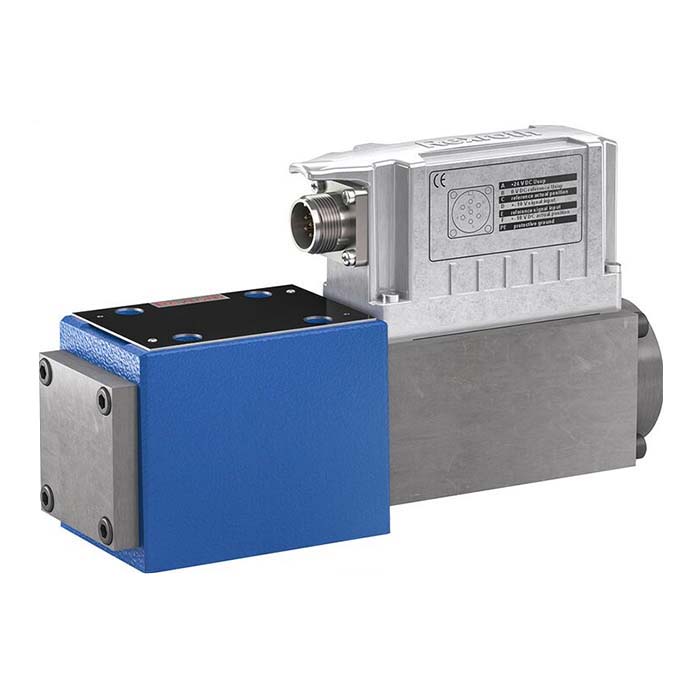Maintenance Of Pneumatic And Electric Hydraulic Pumps
Introduction
Pneumatic and electric Hydraulic pumps are essential components of many industrial and commercial applications.
They are used to generate hydraulic fluid pressure, which is then used to power hydraulic actuators, such as cylinders, motors, and valves.
Proper maintenance of pneumatic and electric hydraulic pumps is essential to ensure their long-term reliability and performance.
Differences in Maintenance
Pneumatic and electric hydraulic pumps have some similarities in terms of maintenance, but there are also some key differences.
Pneumatic pumps are powered by compressed air, while electric pumps are powered by electricity.
This difference in power source leads to some differences in the maintenance procedures required for each type of pump.
Maintenance of Electric Hydraulic Pumps
Regular inspection:
electric hydraulic pumps should be inspected regularly for signs of wear and tear.
This includes checking for leaks, loose or damaged components, and excessive heat.
Filter maintenance:
The filters on electric hydraulic pumps should be replaced according to the manufacturer's recommendations.
This helps to prevent contaminants from entering the pump and causing damage.
Regular fluid changes:
The hydraulic fluid in electric hydraulic pumps should be changed regularly to prevent contamination and wear.
The frequency of fluid changes will vary depending on the application and the type of fluid used.
Proper storage:
Electric hydraulic pumps should be stored in a clean, dry environment when not in use.
This helps to protect the pump from damage and contamination.
Maintenance of Pneumatic Hydraulic Pumps
The following are some of the key maintenance procedures for pneumatic hydraulic pumps:
Regular inspection:
Pneumatic hydraulic pumps should be inspected regularly for signs of wear and tear.
Lubricating:
Pneumatic hydraulic pumps typically have several moving parts that require lubrication.
The type of lubricant used will vary depending on the type of pump and the application.
The manufacturer's instructions should be consulted for specific recommendations.
Lubrication should be performed regularly, typically every 1,000 to 2,000 hours of operation.
The pump should be stopped and allowed to cool before lubrication is performed.
Adjusting Pressure:
The pressure of a pneumatic hydraulic pump can be adjusted using a pressure regulator.
The pressure should be adjusted to ensure that it is within the manufacturer's specifications.
The pressure regulator should be located in a convenient location for easy access.
Cleaning:
Pneumatic hydraulic pumps should be cleaned regularly to remove dirt and debris.
This helps to prevent the accumulation of contaminants, which can lead to premature wear and failure.
Some additional details on the maintenance of pneumatic hydraulic pumps
The frequency of maintenance for pneumatic hydraulic pumps will vary depending on the application and the type of pump.
However, it is generally recommended to inspect pneumatic hydraulic pumps at least once a week.
This inspection should include checking for leaks, loose or damaged components, and excessive heat.
The filters on pneumatic hydraulic pumps should be replaced according to the manufacturer's recommendations.



